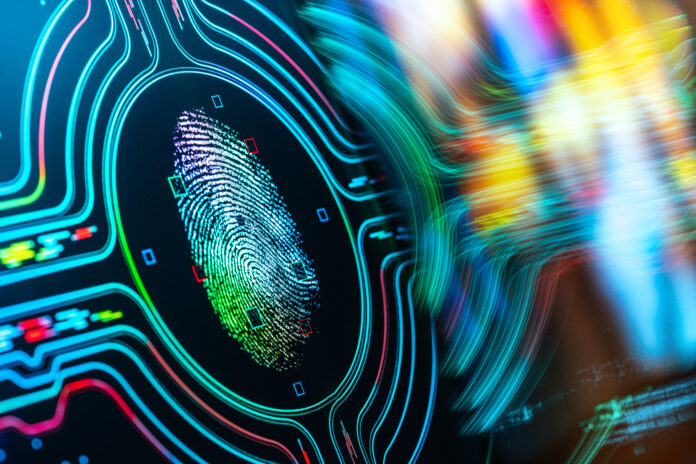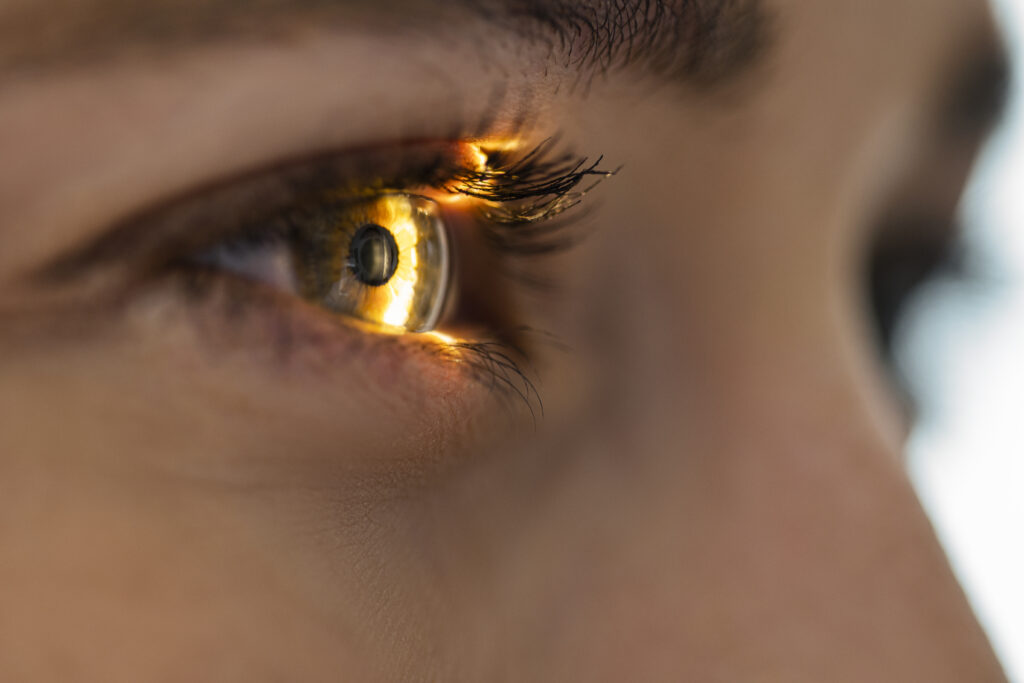
Traditional authentication methods such as passwords and PINs are susceptible to breaches, often due to human error or weak credentials. Enter biometric authentication, a technology that leverages unique physical or behavioral traits to verify identity. From fingerprint recognition on our smartphones to facial recognition at airport checkpoints, biometrics have rapidly evolved and are poised to shape the future of digital security.
The Biometric Revolution: A Brief Overview
Biometric authentication has come a long way from its early beginnings. While fingerprinting has been used for over a century in forensic science, it was the integration of biometrics into consumer devices, particularly smartphones, that brought it into the mainstream.
Today, biometric authentication encompasses a range of methods:
- Fingerprint Recognition: Commonly used in smartphones, laptops, and even door locks.
- Facial Recognition: Widely deployed for device unlocking and identity verification.
- Iris Scanning: Employed in high-security environments.
- Voice Recognition: Used in voice assistants and telephone banking.
- Behavioral Biometrics: Analyzing typing patterns, mouse movements, and more.
- Palm Vein Recognition: Gaining traction in healthcare and finance.
These biometric methods offer a compelling combination of security and user convenience. After all, your fingerprints or face are unique to you, and they’re hard to forget or misplace.
The Current State of Biometric Authentication
Biometrics have already made significant inroads into our daily lives. Smartphone users can unlock their devices with a fingerprint or a glance, and many financial institutions have embraced biometric authentication for mobile banking apps. Airports use facial recognition to expedite passport control, and some countries even allow citizens to use biometrics for voting.

Yet, despite these advancements, there are still challenges and concerns surrounding biometric authentication:
Privacy Concerns
The collection and storage of biometric data raise privacy questions. If a database containing biometric information is breached, it could have severe consequences.
Security Vulnerabilities
While biometrics are difficult to forge, they are not immune to attacks. Researchers have demonstrated methods to bypass facial recognition with photos or masks, highlighting the need for ongoing security improvements.
Legal and Ethical Considerations
The legal landscape regarding biometric data varies by country, and there are ongoing debates about the ethical implications of its use, particularly in surveillance and law enforcement.
The Future of Biometric Authentication: What to Expect
As technology continues to advance, the future of biometric authentication holds promise and exciting possibilities:
Multimodal Biometrics
Future systems will likely combine multiple biometric methods for enhanced security. For instance, a device could require both fingerprint and facial recognition for authentication, making it even more challenging for malicious actors to bypass.
Continuous Authentication
Rather than a one-time login, continuous authentication will monitor users throughout their session. If a user’s behavior or biometric data deviates significantly, it could trigger additional authentication steps, reducing the risk of unauthorized access.
Liveness Detection
To combat spoofing attempts, liveness detection technology will become more sophisticated. It will analyze factors like blood flow, eye movement, or vocal characteristics to ensure that the biometric data is coming from a live person rather than a photograph or recording.
Decentralized Biometrics
Decentralized identity solutions are gaining traction, allowing individuals to control and share their biometric data securely without relying on a centralized authority. This could have profound implications for privacy and data ownership.
Post-Quantum Biometrics
With the rise of quantum computing, traditional encryption methods may become vulnerable. Post-quantum biometrics, which rely on the principles of quantum mechanics, could provide a more secure alternative.

Overcoming Challenges and Ensuring a Secure Future
As biometric authentication evolves, addressing the challenges and concerns will be paramount. Here are some key considerations for a secure biometric future:
Robust Security Measures
Biometric systems must incorporate robust security measures to protect against attacks and breaches. This includes encryption of biometric data, secure storage, and continuous monitoring for anomalies.
Transparency and Consent
Users should have transparency into how their biometric data is collected, stored, and used. Obtaining clear and informed consent is crucial for building trust.
Legal Frameworks
Governments and regulatory bodies should establish clear legal frameworks for the use of biometric data, ensuring that privacy rights are upheld and misuse is penalized.
Education and Awareness
Both users and organizations need to be educated about the benefits and risks of biometric authentication. Training users to use biometric features securely is essential.
Collaboration and Standardization
Collaboration among technology companies, security experts, and regulators is vital to establish common standards and best practices for biometric authentication.
Biometric Authentication Leads to a More Secure Future
Biometric authentication is poised to transform the way we secure our digital lives. While challenges and concerns exist, technological advancements and a commitment to security and privacy can ensure that biometrics play a central role in a more secure and convenient digital future. As we continue to embrace biometrics, we must do so responsibly, safeguarding our identities while embracing the potential of this groundbreaking technology.




